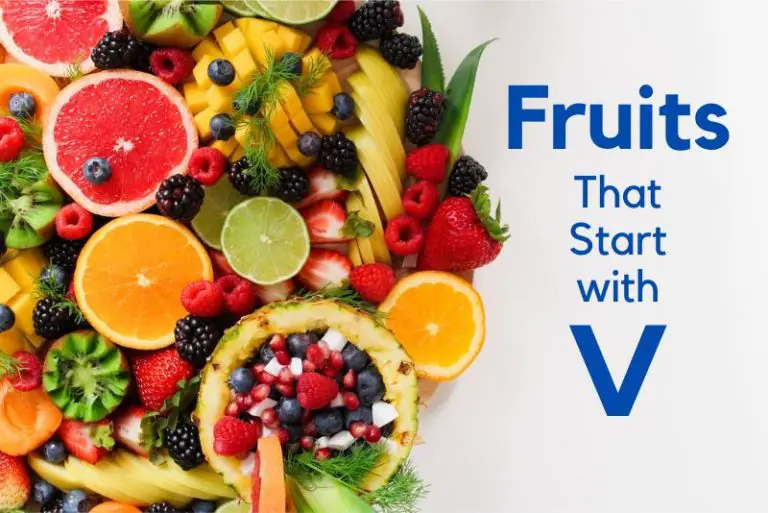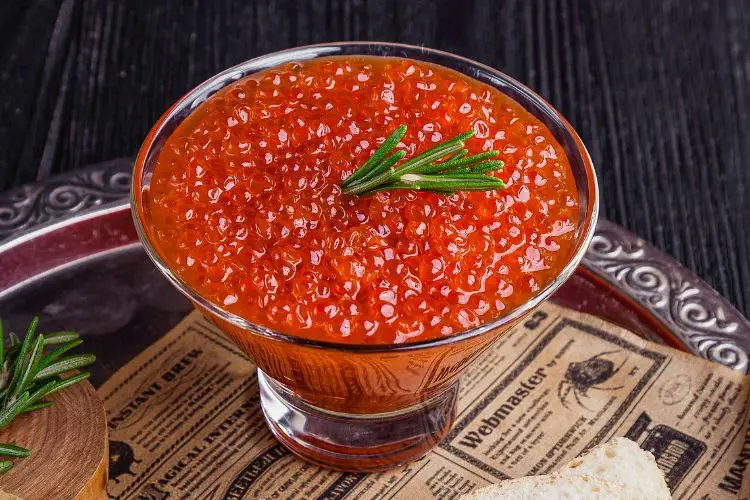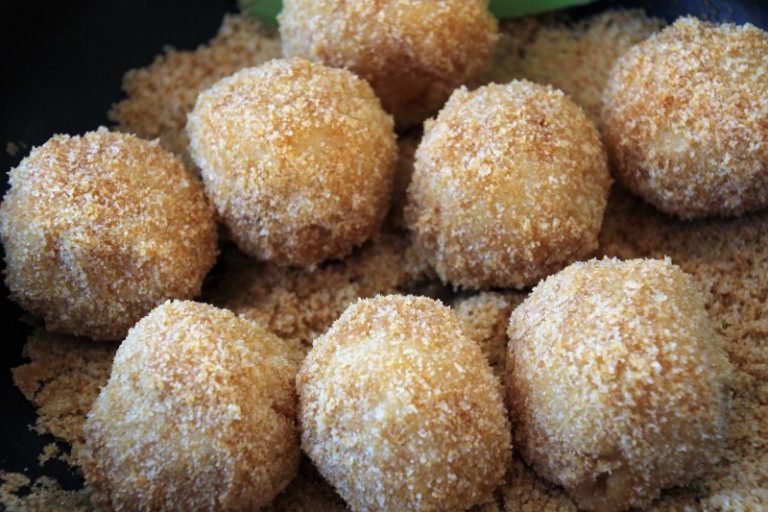“Make Your Own Organic Ice-Cream” by Ben Vear
Along with the breadmaking, foraging, cheesemaking and charcuterie revolution has come the new trend of making ice-cream at home. Once the preserve of gelaterie on holiday destinations in the Mediterranean, ice-cream is now no longer a secret art form. You too can make ice-creams, sorbets, semifreddi and granite in your own kitchen, using a selection of ingredients ranging from cream, milk, sugar, egg yolks or a flavouring of some sort, be it chocolate, vanilla, fruit juice and zest or spices.
Alongside the innumerable ice-cream making machine brands you can now find for sale online and in kitchen shops, the turnover in ice-cream making books has followed the sales graph north.
The most recent publication “Make your own organic ice-cream, using home grown and local produce” by Ben Vear is a glossy, colourful paperback edition, published by Spring Hill Books of Oxford this year. It is quite unusual to find a book written by a young man whose family has been making ice-cream since 1925, when Ben’s great-grandfather, a man by the name of Albert Winstone, set up the family business in the Cotswolds of England.
This business is now a centre of excellence, and I have read food bloggers describe it with reverence as “an ice-cream institution” that has formed the backdrop of village fetes, Sunday afternoon picnics, bicycling holidays and rambling walks. A good ice-cream maker easily attracts fans.
There are black and white photographs in the introduction depicting Ben’s family, the ice-cream van and customers enjoying the wares. Immediately this gives the reader confidence that the author knows his trade. But what you will find most useful about this book is not just the knowledge but rather how it is conveyed.
The book is written by an artisan who favours the natural flavourings of the seasons and so the chapters are broken down into “Spring and Summer Flavours”, which include soft fruits, hedgerow fruits, rhubarb, toffee and lavender, and then “Autumn and Winter Fruits” which include orchard fruits, chocolate and liqueurs. Certain flavours lend themselves to all year round use, such as golden syrup, green tea and imported fruits.
If you have never made any ice-cream before and need to start at the very beginning, the author takes you gently through all the different types of equipment you can buy, in order to save you money and time. It is reassuring to note you do not need to spend a fortune to make perfectly good ice-cream. If you are prepared to keep stirring at hourly intervals for the first few hours, in order to break down the ice crystal formation, then you can even use a plastic sandwich box as a container.
You can then start with “Making the perfect custard” which is effectively at the very base of most ice-creams in the French style. There is a little bit of science to understand crystallisation, aeration and freezing, but the explanations are written in a very simple and understandable way. There are also a number of Philadelphia style recipes where eggs are not used.
What will impress you about this book is the sheer variety and range of recipes: from elderflower to cider, damsons, brown bread, chocolate brownies, Christmas pudding and Guinness beer, there is virtually nothing that cannot be turned into ice-cream. It is the ultimate, frugal use-that-glut pudding.
The author also veers into the land of savoury ice-creams which may or may not tempt your palate. We do live in the era of El Bulli, Fat Duck and Noma gastronomic acrobatics but are we really ready for goats cheese, tomato, wasabi or Jerusalem artichoke ice-creams? Well, the decision lies in the flavour, the accompaniments and the context of the meal, surely. The thought of olive oil and honey and sage ice-cream does appeal, however, because freezing does have a way of harnessing classic, clean flavours and giving them a new gustatory dimension.
There are also recipes for sorbets, which sit in the in-between territory that lies amidst ice-creams and granitas, made with no milk or cream. There is nothing more delicious than a homemade sorbet at the end of a summer’s meal, to cleanse the palate, refresh the senses and provide a clean break from the richness of a main meal. Lime and basil, gin and tonic and strawberry and champagne are just the sorts of sorbets you may well find on the Menu of a really good gastropub or Bib Gourmand restaurant, should you be so lucky.
There are also five recipes for Semifreddi which are the equivalent of frozen puddings, or parfaits. They do not require churning, so may well prove to be a gentle introduction into the art of ice cream making if you wish to start slowly and softly, without the churning.
The last chapter covers topping ideas, such as butterscotch sauce, hot fudge sauce and orange sauce. Because this book is all about sourcing organic, local, seasonal, sustainably grown ingredients with which to make your ice-creams, there are also a few pages judiciously dedicated to using up left overs in smoothies, milkshakes and thickies.
The photography and food styling in the book (by Tammy-Lynn Kwan) is very bright, clear and unfussy as is the artistic direction of the layout. There is one recipe per page, and ingredients are highlighted in a cornflower blue line that spans the width of the page. There are seldom more than 6 ingredients per recipe and no more than 6 steps. Methodologies are simple, direct and concise. The book was printed and bound by Bell and Bain Limited in Glasgow, and although the paper and binding is of a high quality, the price offers extremely good value for money for so many recipes.
If you are only ever going to invest in one ice-cream book in your life then this is an extremely helpful, approachable and easy start. As long as you follow the instructions nothing can go wrong. You are in the hands of an artisanal young man whose ancestors did nothing but make and perfect, seasonal ice-cream. Rest assured.
Contact Details
Winstones Ice Cream: www.winstonesicecream.co.uk
Follow the team on Twitter: @WinstonesIces
Ben Vear: www.benvear.com
Follow Ben on Twitter: @BenjaminVear.
Spring Hill Book Publishers: www.howtobooks.co.uk



